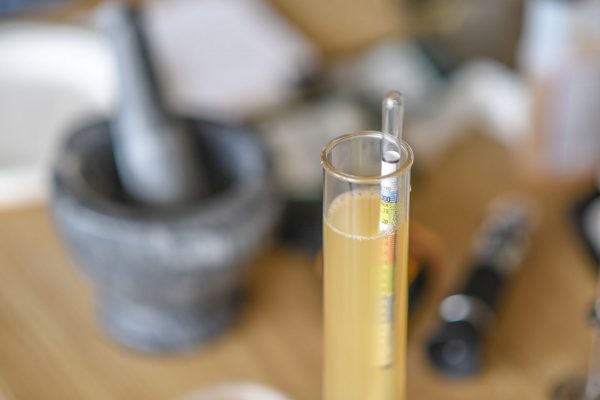

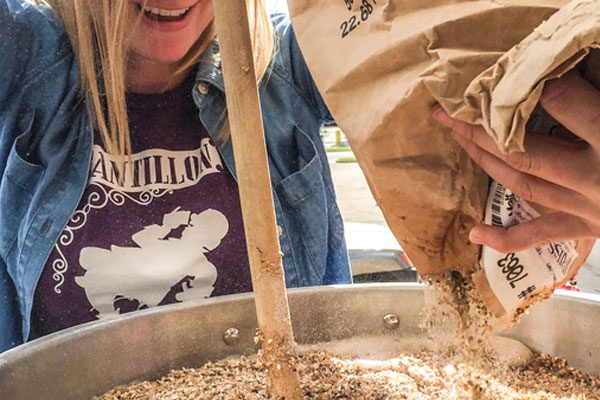

The Charlie Citrus Pale Ale
If desired, add the gypsum and Epsom salt to the strike water. Conduct a single infusion mash at 150° F (65.6° C) for 75 minutes. Sparge at 168° F (75.6° C). Boil for 60 minutes, following the hop additions…
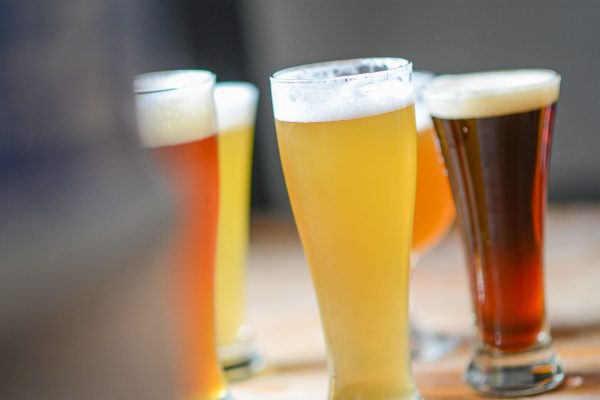
How to Harvest and Culture Commercial Yeast for Homebrewers
Beer does not make itself properly by itself. It takes an element of mystery and of things that no one can understand. – Fritz Maytag, Anchor Brewing Co. As a homebrewer, I remember first learning just how critical yeast is to homebrewing—sometimes…
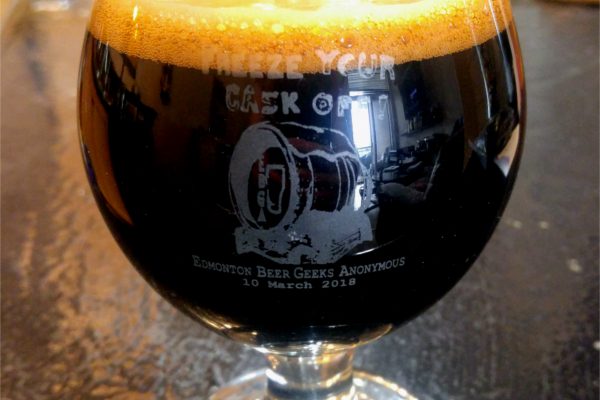
13th Day Imperial Stout
Mash at 68° C (154° F) for 60 minutes. Note on Chelsea's process: Chelsea does a single infusion, no-sparge mash with a brew-in-a-bag (BIAB) setup. For this recipe, she started with 32 L of water to end up…
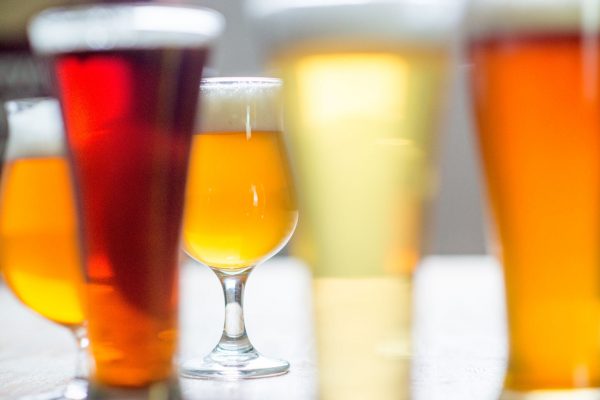
FH Steinbart: 100 Years of Homebrewed Independence
This article was originally featured in the May/June 2018 issue of Zymurgy magazine. Join the American Homebrewers Association and enjoy a subscription to Zymurgy and access the digital archive. On a cloudy morning…

The Anatomy of a Beer Faucet
We’ve broken a typical beer faucet into its component pieces to show you how the magic happens

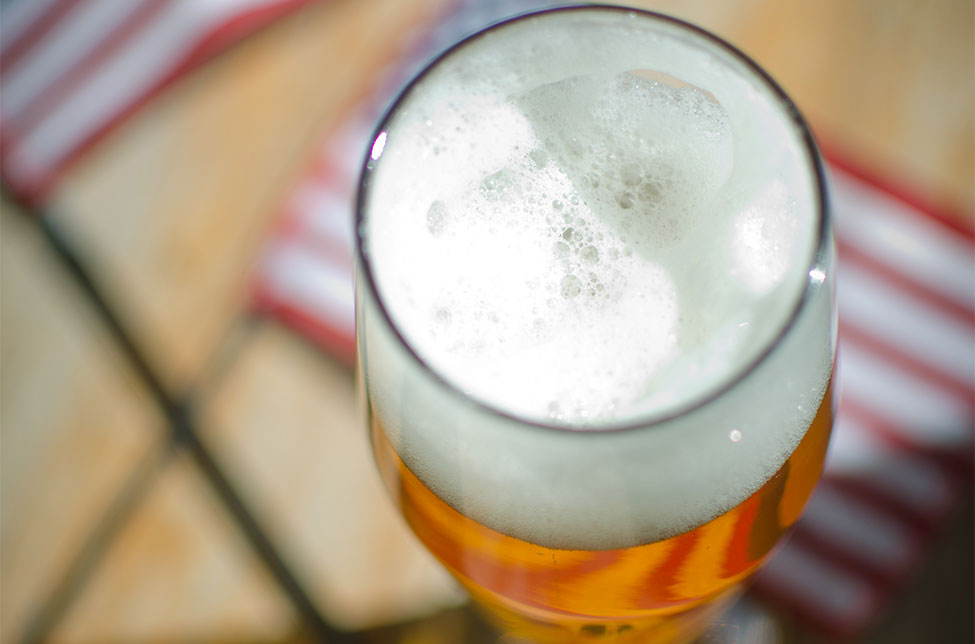
The Unsung Heroes of Homebrew Legalization
President Carter is usually given credit for passing the bill on homebrew legalization in 1979, but he had some help. Read about the history of homebrewing legalization in the United States and those that made it possible to enjoy the hobby today.

Fruit Pit Hazards in Beer
Originally published in the November/December 2000 issue of Zymurgy magazine. Join the American Homebrewers Association to access the Zymurgy magazine digital archive. So say you're a lambic brewer, or a mead maker, or perhaps, a brewer who likes to…
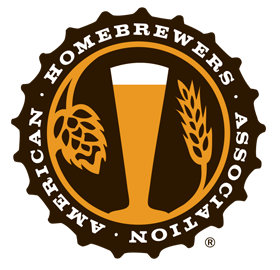
Share Post